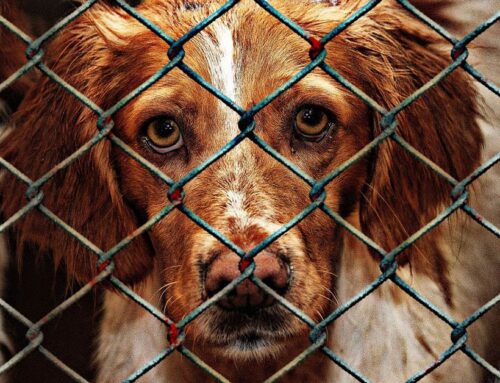
This morning while driving home from a yoga class I thought about ‘relief’. While in a particularly challenging pose, trying hard to breathe through it, I could not help but long for the instructor’s direction to move from that pose into ‘child’s pose’ a lovely, comfy stretch on the floor. We are repeatedly encouraged not to hurt ourselves but just find our edge and gently explore it. Once out of the pose that had me ready to fall off the edge, I exhaled with relief. Whether it’s physical discomfort or emotional suffering, it feels so good to have it end.
Imagine what it would be like to be terrified, truly terrified, on a regular basis and the person that you are suppose to connect with either ignores your fear, whether it’s displayed by cowering or snarling, or shoves you from behind into what you perceive to be the jaws of death. Now imagine the relief you would feel if instead that person acknowledged your fear, and gently led you away from the horror, reassuring you that all would be well.
There are many ways to help scared dogs, but the first step is to get the dog to trust you. Call it leadership if you like, it’s not my first choice of terms. Due to the guidance of trainers like Cesar Millan, too many ‘leaders’ view any refusal or reaction to their demands to be a challenge to their authority or that their dog is trying to dominate them. A fearful dog is just a fearful dog, doing what it feels it needs to, to protect itself. So whether it’s refusing to follow you down a flight of stairs or growling when you approach its crate, it’s just afraid, plain and simple.
I thought about what could be said to someone first embarking on the journey of working with a scared puppy that would be simple to understand and relate to. I came up with this-Think about your scared dog as if it were a young child, a girl perhaps, with chubby cheeks and big eyes that gaze up at you adoringly, and then see those eyes go wide with fright and concern. Treat your dog the way you’d treat that young child. Understand that their fear may not seem reasonable to you, but that doesn’t change its intensity for them. Consider how you would ease their fears and then take them away and think about how tomorrow you can make it a better experience for them.
We can never know what a dog is thinking but because we share the same part of the brain that processes fear, it’s reasonable to assume that we can imagine what a dog’s fear feels like. Hopefully few of us are ever as afraid as many dogs are, but try to imagine what a dog is feeling, and then offer them some relief.





